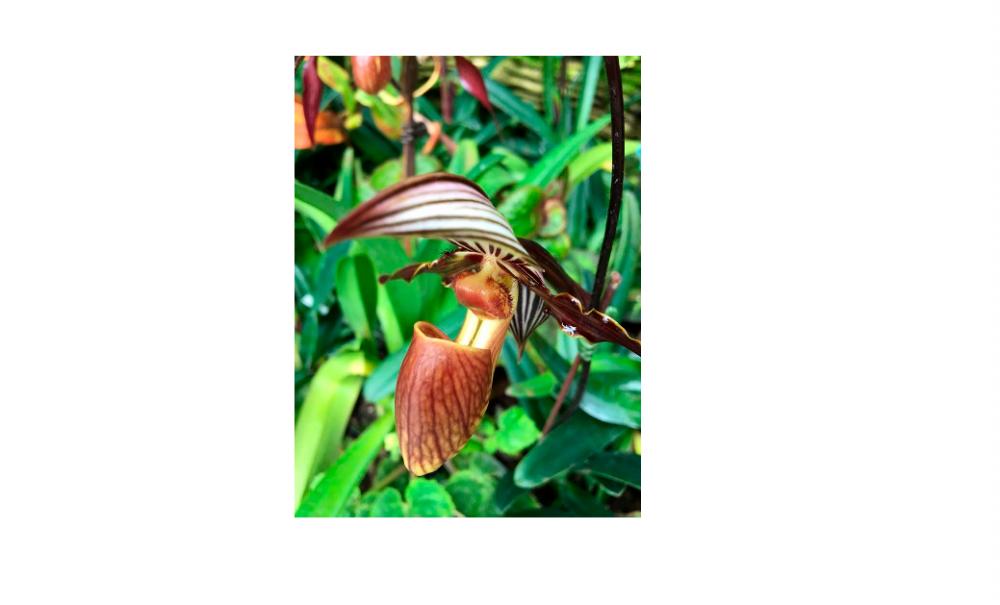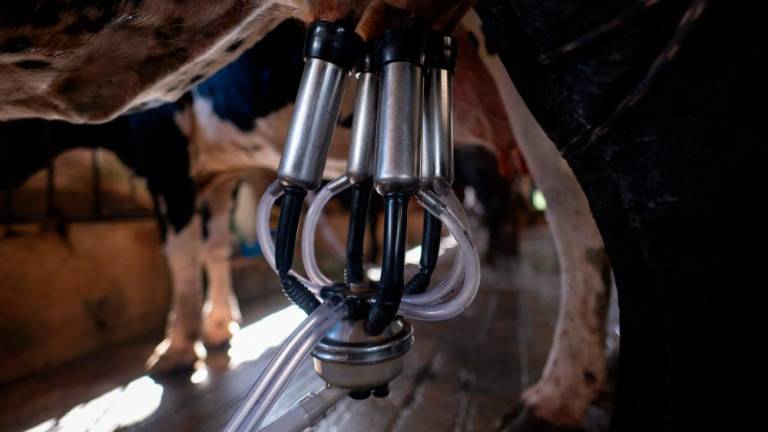SERDANG: The pitcher plant or ‘periuk kera’ has of late been thrust into the limelight all because of the popularity of ‘lemang periuk kera’.
Nature lovers and conservationists have expressed their concern over the use of these unique carnivorous plants to prepare the glutinous rice dish – one of the delicacies served during Hari Raya Aidilfitri – and they claim that the practice was causing the plants to become extinct.
Worldwide, there is an estimated 170 species of the pitcher plant, which belongs to the Nepenthes genus and is known for its characteristic “pitfall trap” consisting of a deep-cupped cavity or pitcher filled with a liquid that can digest small insects that fall into it.
The habitats for 35 of the species can be found in Sabah and Sarawak, and 11 in Peninsular Malaysia.
The largest pitcher plant species, known as Nepenthes Rajah, can only be found in Mount Kinabalu, Sabah. It can grow to a height of 41cm and 20cm wide, while each pitcher can hold up to 3.5 litres of liquid.
Other popular species found in Malaysia include Ampullaria, Lowii, Albomarginata, Gracilis, Macfarlanei and Rafflesiana.
Nutrient-poor habitat
Not many people may know this but pitcher plants play an important role in forest formations and growth.
They have an edge over other plants as they can grow on soil depleted of nutrients, said Malaysian Agricultural Research and Development Institute’s (Mardi) Dr Rosliza Jajuli.
Rosliza is the director of the Agrobiodiversity Resources Conservation and Sustainable Utilisation Programme under Mardi’s Biodiversity and Environmental Research Centre.
She said the pitcher plant does not require nutrients from the soil to survive as it can get the necessary nourishment by digesting dried leaves or insects that get trapped in its cavity.
“This is why pitcher plants can be easily found on the fringes of forests where the soil is not fertile,“ she said.
Nutrient-poor habitats where pitcher plants grow will get to host other types of flora once the soil conditions improve over the decades.
Interestingly, in certain circumstances, the pitcher plant supports other animal species living in the same habitat. For example, the Geosesarma, a species of small crab found in Malaysia, is dependent on the Ampullaria pitcher plant species for its source of water.
The Kerivoula hardwickii bat species, meanwhile, are known to roost in the pitchers of the Rafflesiana species.
Threatened
Dr Mohd Norfaizal Ghazali, a senior researcher under the same programme, said the pitcher plant was under threat of extinction as it was easier to find it several years ago compared to now.
Mohd Norfaizal, who has gone on several expeditions to study the state of the nation’s forests, said on one such expedition to a forest in the peninsula in March together with officials from the Forestry Department and the National Parks and Wildlife Conservation Department, they could not find any Ampullaria or Gracilis there although these pitcher plant species were seen growing there in abundance five years ago when they visited the same area.
“Their disappearance is due to natural and human factors,“ he said, adding that bush fires during the dry season cause the destruction of pitcher plants as they grow mostly in low-lying areas.
The human factor, however, is more worrying as uncontrolled land-clearing activities, as well as the harvesting of pitcher plants for culinary purposes and to meet the demand for exotic plants among avid gardeners, are taking a toll on the unique carnivorous plants.
It is understood that the Amullaria species is usually harvested for culinary reasons and the Macfarlanei species for sale as ornamental plants.
On suggestions that certain pitcher plant species be planted on a commercial basis to meet the market demand, Rosliza said it was something that was not easy to implement.
“If we are serious about commercialising this plant, the government must give institutions like MARDI the opportunity to conduct more studies on various species that are in demand so that they don’t become extinct,“ she said.
To date, no study has been carried out to commercialise the pitcher plant and come up with technologies to speed up its growth and improve yield. — Bernama














